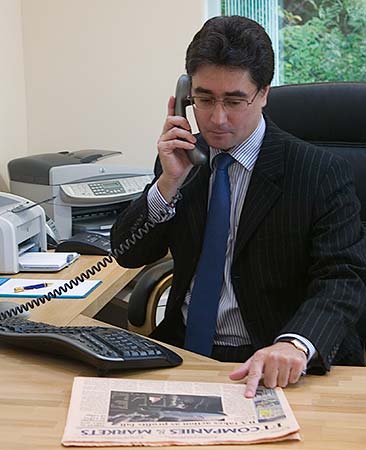The world is potentially a Zoom Mediator’s oyster!
However, there are elephant sized traps for the unwary Mediator who is not aware of how culture & language can impact what is being said, i.e. what a participant [‘P’] means. That is because their values are not the same as yours, so it is a mistake to correlate their behaviour with what people mean when they behave in the same way/use the same words in your own culture. What P means may in fact be the opposite of what you hear him/her saying. So, you will miss vital cues, clues & signals, unless as a Mediator you are ‘culturally aware.’
Broadly speaking, there are 3 prototypes of culture in the world today + complex ‘hybrids’:
(i) ‘Dignity cultures’ – Australia, Canada, Northern Europe & USA (i.e. ‘Global North’).
(ii) ‘Face cultures’ – China, S.E. Asia & Japan.
(iii) Honour cultures’ – MENA, Latin America & parts of Southern Europe.
‘Global South’ – which includes India, Iran, Russia, & South Africa are complex & hybrid cultures.
In preparing for an international Mediation, a Mediator needs 1st to understand the ‘cultural environment’ in which the Mediation is going to take place.
The entry point for a student/practitioner to increase their awareness of ‘cultural proclivity’, is ‘anthropology’.
Of course, to really understand a culture, you have to live amongst and work with those whose culture it is.
To a small extent, I did this as a young man when I worked in-country in SE Asia, including China, India, South Korea & Malaysia, as an international contract negotiator working for Rolls Royce & Alstom.
However, there was much that I missed, because I didn’t speak oriental languages.
So, if you are a student and are thinking about a career as negotiator, diplomat or Mediator, I recommend that you learn some foreign languages and spend time traveling and working in the countries where you would eventually like to develop a practice as an international Mediator.
For the rest of us, the next best thing is to read about a culture through the eyes of an anthropologist.
So, I have ordered a print to order copy of Palmer, Michael and Simon Roberts (2020) Dispute Processes: ADR and the Primary Forms of Decision Making 3rd ed, Cambridge University Press. I have also added this title to the Research Bibliography on the ‘Mediation & Advocacy in International Dispute Settlement’ page at www.carlislam.co.uk & will be reading this book in September. I also recommend, Fukuyama, Francis (2011) The Origins Of Political Order – From Prehuman Times to the Frenach Revolution, Profile Books & Ury, William (2024) Possible – How We Survive (and Thrive) in an Age of Conflict, Harper Business.
Comments added:
As Andrew Goodman observes on pp 86 & 87 of his book ‘Advanced Mediation Advocacy’ (2024) – ‘The danger in categorising cultural groups is that the mediator [‘M’] and the lawyer may both fall into the trap of stereotyping participants [‘P’] in the process. In reality, recognising a prototype is not necessarily going to be the key to unlocking cross-cultural difficulties, and should not be regarded as such. At best it may give [M] a steer as to whether it is more important to spend a lot of time in the exploration phase or to move into more of an exploratory/offer phase leading to negotiation quite quickly during the course of the mediation. … In the mediation process where there are these different cultural aspects, it should be clear whether [M] will make more progress by keeping the parties together, or by keeping them apart. Without over generalising, looking at these socio-cultural backgrounds provides some introductory guidance as to the [P’s] and is something of an aid in how to prepare. It should be treated as a starting point … Of course most modern societies, particularly post-industrial societies, will now have a blend of these prototypes. …’
